Day 2 Summary
After an excellent first day at #TDS15 listening to presentations from Qatar 2022, MANICA Architecture, Kai-Tak Stadium and many more, we now bring you the summary of Day Two.
The second and final day of TheStadiumBusiness Design & Development Summit 2015 saw the focus shift from visions for the future to the renewal and renovation of existing stadium facilities in use today.
Renewal & Renovation
First to present to a packed room of delegates was Henk Markerink, CEO of the Amsterdam ArenA. Opened in 1996, the ArenA was Europe’s first multi functional stadium and currently hosts around 100 events each year.
With the stadium approaching its 20th birthday, Markerink and his team are looking ahead and he presented their 5 year plan to stay at the forefront of the industry and ‘offer people who visit the venue an unforgettable experience’.
Part of that plan has been the installation of a 4G Wi-Fi network throughout the venue and the creation of new events, including ‘Air’ which utilises the network to control drones as part of a light and music show.
Amsterdam ArenA have also set up an Innovation Centre, which works closely with strategic partners to develop the stadium of the future, and current ideas including the use of 4D cameras to give viewers the chance to replay from any angle; using real time location systems to track players and present data to fans. In addition, they are currently in the development stages of a mobility portal to offer up-to-the-minute transport information for fans arriving at the venue.
Amsterdam ArenA have also been looking at the sustainability of the venue, and they achieved Carbon Neutral status in 2015 by adding solar panels to the roof, utilising wind energy, installing LED lighting, and utilising the city’s heating and cooling waste management systems.
With the venue chosen to host certain matches at Euro 2020 there are also plans to build a new shell around the exterior of the building to provide improved catering and toilet facilities across both lower and upper concourses.
From the Netherlands, the focus moved north to Finland, and the historic Helsinki Olympiastadion. Completed in 1938, the venue hosted the 1952 Olympic Games and is currently in the final stages of planning for a major renovation.
Maija Innanen – Managing Director of the Olympiastadion – outlined the history of the project, which began in 2009 with an extensive survey of the historic venue. Guidelines were implemented in 2010, and in 2012 a feasibility study was completed which saw the public, event organisers and sponsors all canvassed for their opinions, needs and hopes for the revised stadium.
In 2013 laser scanning and information modelling was carried out, and despite difficulties with the economic downturn and government changes, €209million of financing was confirmed this year from the City of Helsinki and Finnish Government.
 The project includes 36,000 seats, a new roof covering the whole venue, 20,000 sqm of new facilities for media, athletes and the public which include a new visitor centre, restaurants, hospitality and meeting rooms.
The project includes 36,000 seats, a new roof covering the whole venue, 20,000 sqm of new facilities for media, athletes and the public which include a new visitor centre, restaurants, hospitality and meeting rooms.
3 new sports halls will also be built for both elite athletes and local use, and over 1 million visitors are expected to use the venue each year when the project is completed in 2019.
The pace of the summit moved up a gear for the third session of the morning, the Innovation Showcase, with each speaker given less than seven minutes to get their ideas and products across to the audience.
Innovations showcase #2
- Serge Ferrari opened the session with an insight into flexible pre-constraint composite materials that are used in stadium roofs. One of the main attributes of the material is its ability to be re-cycled. 10 projects on the 2012 Olympic Park used the material, and after Legacy downsizing, over 50,000 sqm of waste has been recycled from the Olympic Stadium and Aquatics Centre.
- Geoquip Worldwide engineer solutions for ticketing and access control at stadia, and Karl Derbyshire showcased his company’s experience at 65 UK stadiums, and looked at the solutions they can provide in access control including full or waste height turnstiles and the advantages of each.
- Marc Schroeder from Broadcast Solutions looked at the importance of integrating broadcast infrastructure into a stadium and focussed on their installation at Spartak Moscow, which has been pre-cabled with fibre to 42 camera positions and is 4K ready.
- Harman manufacture and market audio equipment, and Leif Andersen looked at the company’s influence in the market, one example being 50% of NFL stadiums choosing Harman audio. He also looked at how his company can use light, combined with sound, to give a unique fan experience, particularly on facades.
- Commercial Director, Gloria Garcia and UK Area Manager, Jimmy Anderson gave an entertaining insight into Lanik and their turnkey solutions for unique buildings, and showcased Baixada Stadium in Curitiba, Brazil, and its retractable roof system.
- Riedel manufacture and rent voice communication and media networks – both wired and wireless – and UK General Manager Paul Rivens showcased MediorNet, a real-time network to route and distribute video, audio and data along fibre inside a stadium.
- Crowdfunding is a new way for clubs to raise capital in a fair and transparent way, and James Pollock, co-founder of Tifosy, gave an insight into how the model works, highlighting Portsmouth and Parma as successful examples.
- Many delegates enjoyed one of their experiences at the O2 after the first day of the summit, and Wire & Sky Managing Director Andy Broad used video to showcase the company’s rooftop adventure attractions at the O2, Wembley and the Orbit in the Olympic Park as a way to increase revenue streams.
Community Focus
The morning’s third session began with a look at how a stadium and its precinct are designed when there is a community focus at their heart. Clive Lewis – Senior Director of Architecture at Global Sports AECOM – showcased the Singapore Sports Hub.
A key part of the planning was getting AECOM involved in the masterplan from the start and embedding opportunities for community use into the design of the 9 venues and their precincts across the 35 hectare site. Community sports were an important part of winning the bid for AECOM, and any space had to be usable everyday for local as well as ticketed events.
The success of this strategy can be seen in the numbers from the Hub’s first year of operation. The venue has sold over 1.1 million tickets for the 100 events it has hosted, whilst also attracting 592 non-ticketed community sports activities during the same period. That equates to around 3500 people that have been active at Community sports events each month, with another 1 million visiting the precinct’s retail areas during the same timeframe.
Building with the gates open
James Woodrough – Director (Program, Cost, Consultancy Lead) – highlighted Hull’s KC stadium as another example of community use, most notably the positive effect study areas can have on children, both in their learning and their enthusiasm to come back and watch events.
He also touched on the SAINT Stadium and Arena investment tool, which looks at the commercial viability of parameters for a stadium design including the likely impacts of adding additional facilities to a stadium.
The next big subject covered on stage was Building with the Gates Open, and began with a presentation by Ian Renton – Regional Director (Cheltenham & The South West) for The Jockey Club.
Cheltenham is the home of jump racing in the UK and their flagship event – The Festival – attracts around 235,000 people each year, making it one of the top 5 sporting events in the UK.
Their redevelopment vision was simple – to create world class facilities to match the world class racing. What wasn’t so simple was how to achieve this and keep the venue open for business throughout.
Construction on the £45 million redevelopment began March 2014, and contractors Kier developed a complex programme of works with 14 phases to the development. The Grandstand itself is made up of five and a half storeys with new toilets, members bars, 12 private boxes and the Royal Box plus standing at the front of the building for around 3,000.
When the Festival was held in March this year, 10 of the 14 phases were complete and many of these areas were used by a record attendance of 248,000 racegoers.
Other areas of the racecourse to be updated as part of the programme included restaurants and bars, a redeveloped and extended weighing room and a new bridge created over the horsewalk to connect to the new grandstand.
From Cheltenham to Liverpool, and one of the most iconic stadiums in the world, Anfield. Tom Doyle – Project Director for Liverpool FC – gave an insight into the rebuilding work going on which will see 8,500 seats added to the new Main Stand, along with a hugely improved and enlarged public realm and best in class hospitality and facilities for fans.
Doyle explained how the club have drawn on the experience of their current owners – who renovated Fenway Park in Boston to much acclaim – in particular the importance of linking the clubs history into the new stand so it remains authentically Liverpool and brings a shared excitement with the fans that the club are building something special.
With works ongoing the current Main Stand structure is still in use for matchdays, and only the back 2 rows of seating and the hospitality spaces have been lost and replaced by a temporary marquee.
 Assuming new coach Jurgen Klopp doesn’t ask for too many changes to the plans, the project remains on target for completion during the 2016/17 season.
Assuming new coach Jurgen Klopp doesn’t ask for too many changes to the plans, the project remains on target for completion during the 2016/17 season.
From one iconic venue to another, FC Barcelona’s Camp Nou. William T. Mannarelli – Director Àrea Patrimonial, FC Barcelona – gave a detailed insight into the planning so far and challenges ahead to bring Europe’s biggest club stadium bang up to date.
With a lack of accurate plans from the stadium’s previous expansions during the 1950’s, 80’s and 90’s, the first challenge for the project team was to digitally scan the structure and seating layout of the entire venue, all of which took a year.
That data has created a 6-Dimensional BIM model of the stadium, linking 3D spaces with costs, timelines and facility management. This model will then be linked to ticketing and matchday operations processes to ensure that seating availability is maximised without compromising on project safety, security or schedules, and will continue to manage the project through all stages of the life cycle.
The final capacity of the remodelled stadium is set to rise from its current level of 99,000 to 105,000, but matchday numbers cannot drop below 80,000 throughout the renovation, so the works are currently scheduled to be phased carefully between May 2017 and completion in the summer of 2021.
The contest to choose the architect is now in its final stages, with the result set to be announced in January.
Barcelona is of course more than just the Camp Nou, and the renovation is one of five projects that will see all of the clubs 36 hectares of real estate remodelled, including Nou Miniestadi, Nou Palau indoor arena, Campus Barca and Urbanism Les Corts – the area surrounding Camp Nou.
Security Considersations
The final presentation of the morning looked at stadium security, with Oliver van den Broek – Head of Risk Management, International Centre for Sport Security (ICSS) Qatar – looking at the role he and ICSS have played in the planning of the proposed new Stadio della Roma.
Being involved in a stadium’s planning from the outset ensures security is integrated into the stadium and wider masterplan, and ICSS have been able to analyse architectural designs, advise on relevant risks, provide clear mitigation options and develop security measures because of this involvement.
Van den Broek concluded his presentation with a key message: “integration is key, it’s expensive as an afterthought so think about security early and ensure you understand all the risks and threats before designing your stadium.”
Motorsports…
The afternoon’s main session moved up a level in scale and looked at two motorsport projects, one in the final stages of planning and one just completing a total renovation.
Shaun Meadows – Marketing Director, Heads of the Valleys Development Company (Circuit of Wales) – gave us an insight into his vision and the hope that building a world class motorsport facility within 830 acres of scenic Welsh countryside can bring transformational change to one of the most deprived areas of the UK.
Designed by Populous, the £315 million project is about more than just a world class circuit and the development will also include a technology park and driver training facility in a bid to regenerate the region and provide business opportunities, jobs and tourism.
It’s now five years since the initial design was unveiled, and whilst major planning hurdles have had to be overcome it’s hoped construction will start next year, with the finished project expected to bring around 4000 full time jobs when completed in 2017.
The circuit is designed to host international events, with MotoGP™ already signed up and World Superbikes, World Motocross and World Touring Car events all likely, and Meadows finished his presentation by taking us all on a high speed simulated lap of the proposed new circuit.
From a circuit that hopes to join the international elite, to one that is right at the top of the list – the Daytona International Speedway. Derek Muldowney – EVP Design & Development, International Speedway Corporation – took us through the venues US$400 million redevelopment that is entering it’s final stages before completion.
The project has been titled ‘Daytona Rising’, and Muldowney stated: “This is not just a big stadium, it is a massive stadium.” In fact, 15 of Florida’s biggest stadiums and Arenas will fit into its footprint. The new Grandstand is just over a mile (1.6km) in length and has 101,500 seats over 5 levels, with 60 suites and extensive hospitality areas.
With the International Speedway Corporation (ISC) having to fund the development themselves, one of the biggest challenges was raising investment, particularly given that the sheer strength of the brand ‘Daytona’ meant a naming rights deal for the circuit was out of the question.
The solution has been to utilise the five ‘Injectors’ at the rear of the building, the large structures that house the escalators, elevators and stairways that lead to the concourse areas across all five storeys. Each ‘Injector’ has been sold for naming rights, and will be much more than just exterior branding, with areas for extensive theming and displays inside.
With the Speedway almost complete, ISC will now start on their next project, a multi-million dollar mixed use development which will be built adjacent to the Daytona track. The project includes hotels, restaurants, retail, and 350 residential units, and will break ground in November.
Ambitious vision
The final presentation to close out the 2015 Stadium Design and Development Summit gave an insight not only into a new stadium, but a new sport. Roy Singh – Founder, Chairman & CEO of Canadian Premier League T20 – outlined his vision for Canada’s first dedicated cricket facility, and also the creation of their own T20 Premier League which will use the venue.
Backed by Singh’s ‘big dream’ and with C$700 million in secured financing, it is hoped the proposal to build a 35,000-capacity, indoor cricket stadium in the Greater Toronto area will become a reality in five years time.
Meanwhile, the country’s nascent T20 League is aiming to start in 18 months, and talks are well advanced to use the Montreal Olympic Stadium to host matches until the new stadium is ready.
We hoped you enjoyed #TDS15 and we look forward to seeing familiar and new faces at TheStadiumBusiness Design & Development 2016 (2-3 November 2016) in Liverpool, UK.
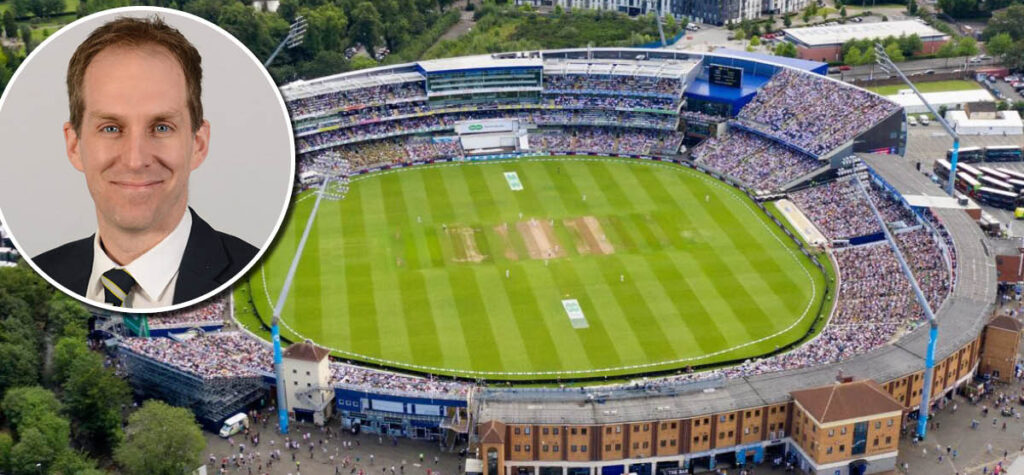
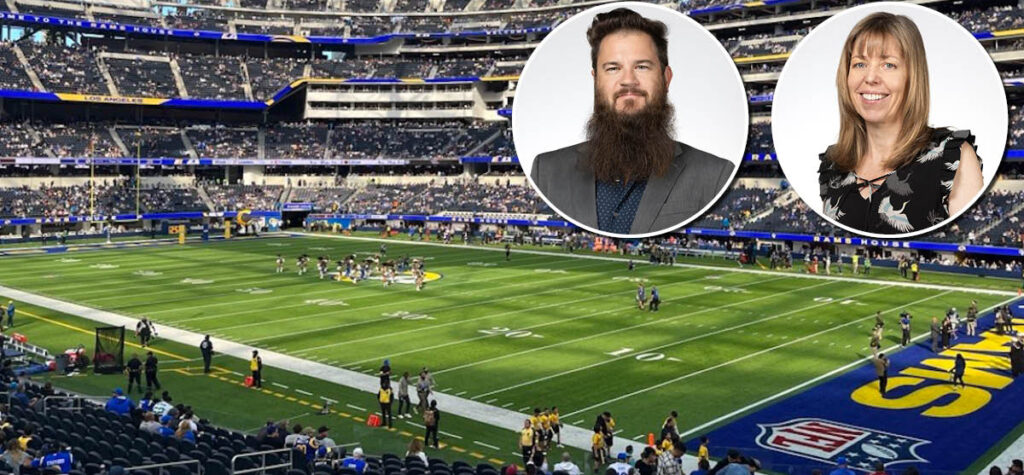
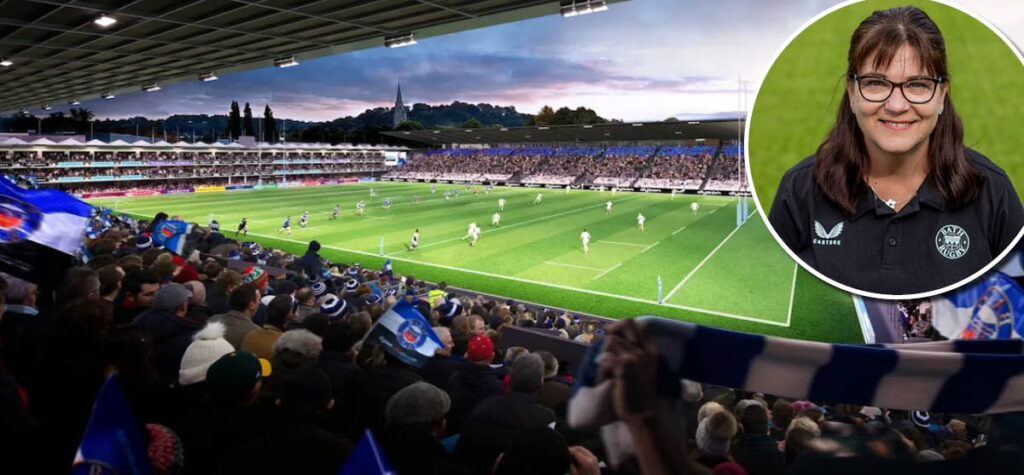
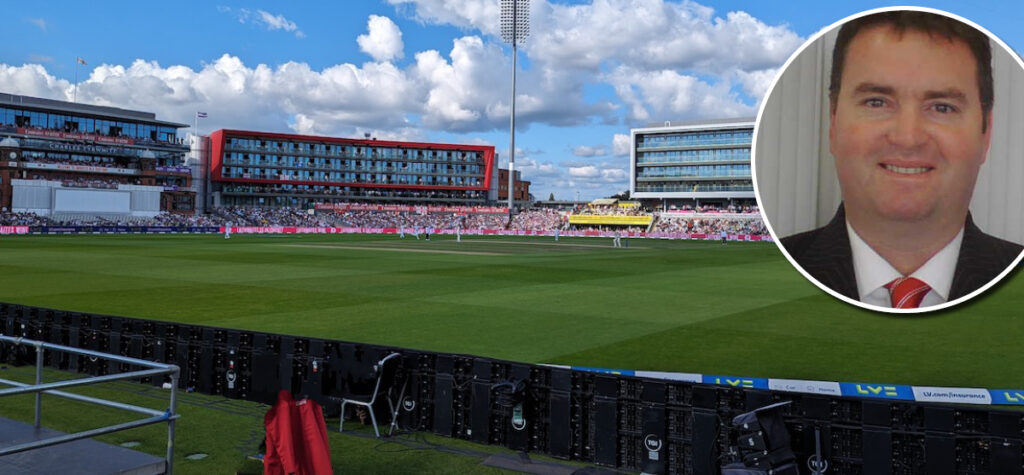
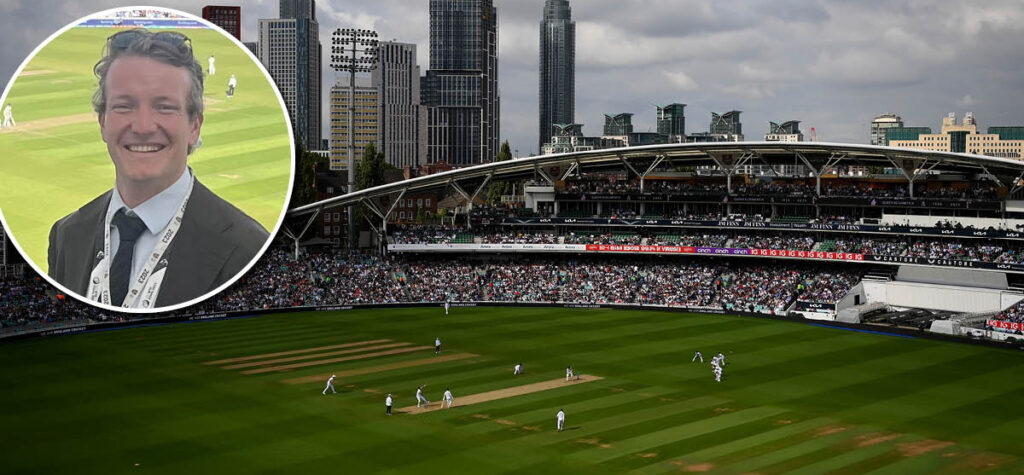
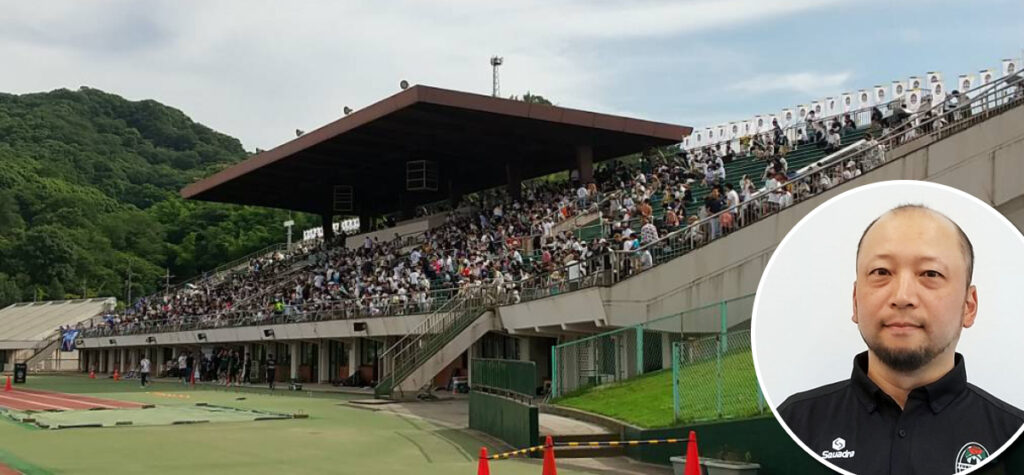
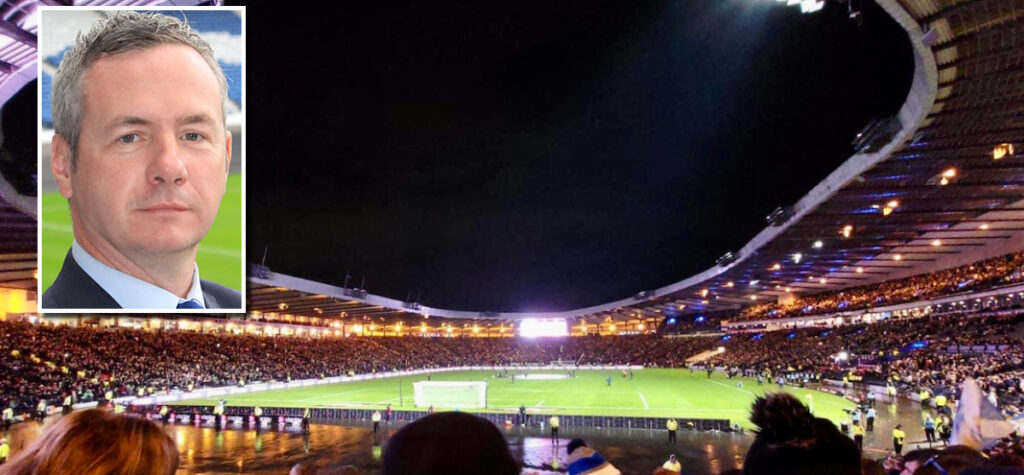
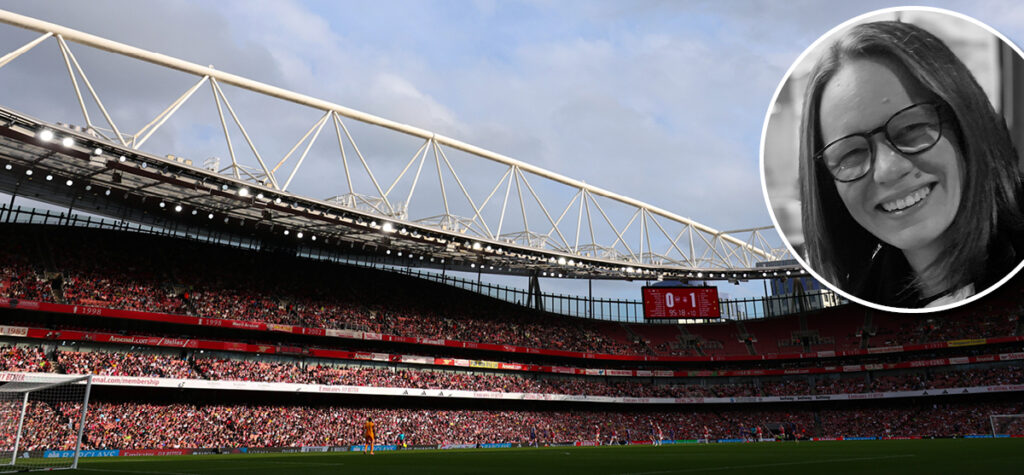
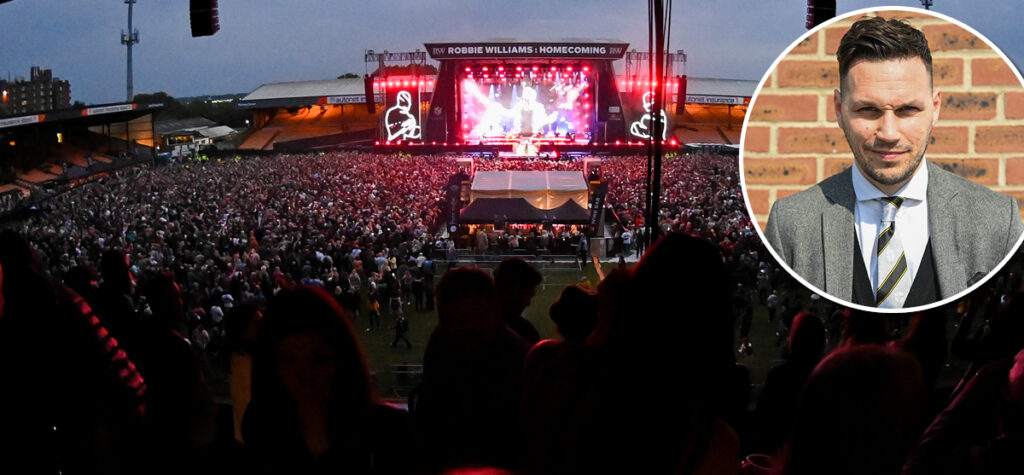
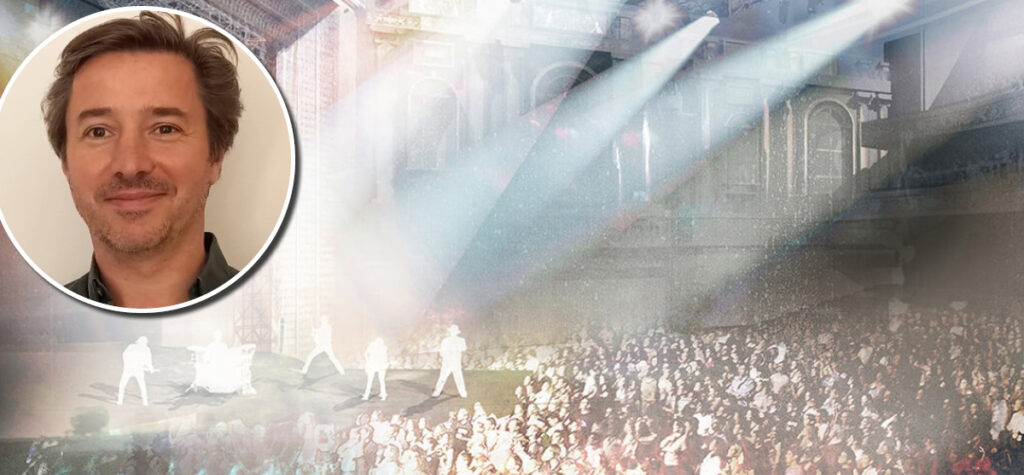
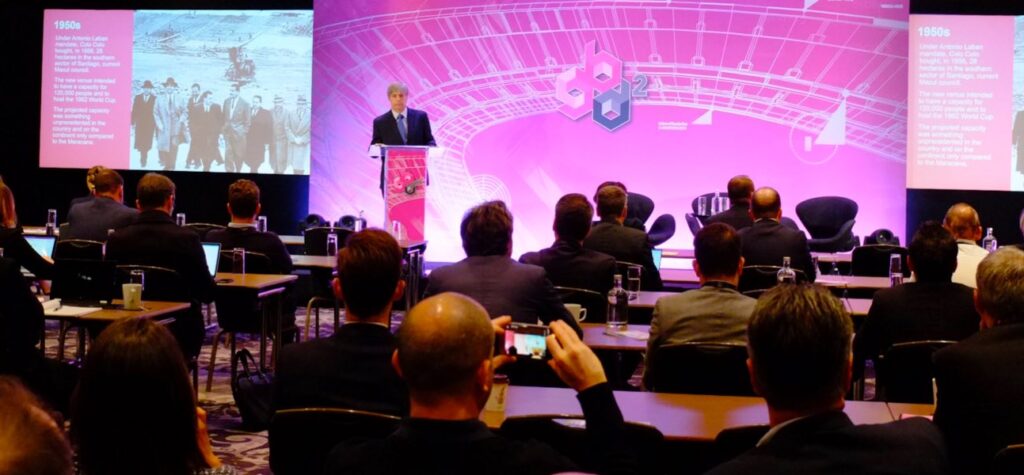
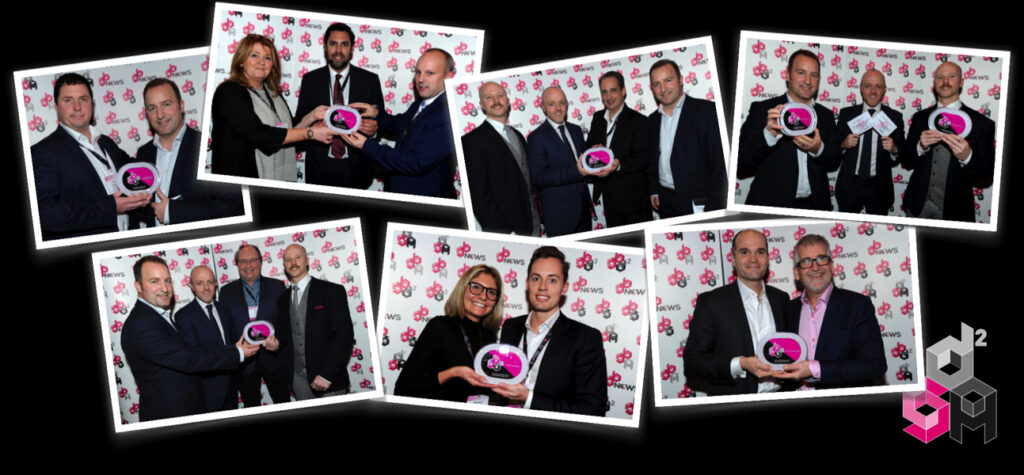

Share this